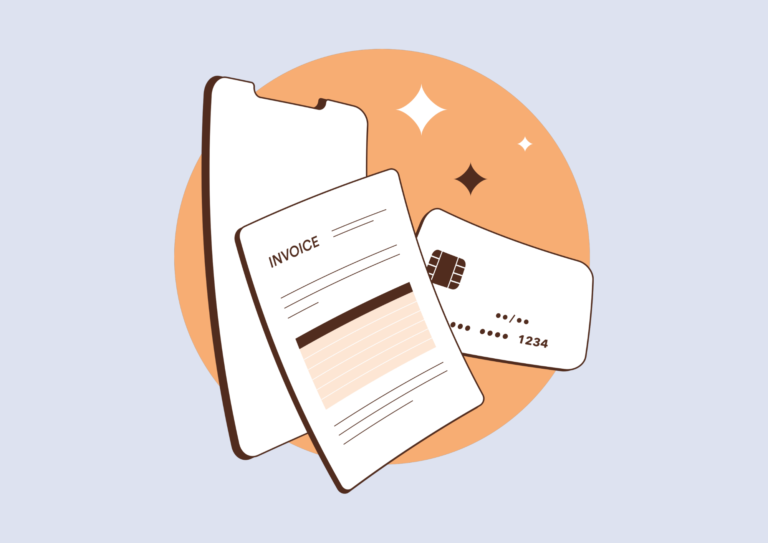The initial step into self-employment is exhilarating, but how much should you charge clients? When it comes to pricing, there isn’t a secret formula, but there are a few important things to think about. Pricing, like most business decisions, begins with cost analysis and market research.
Check out: Developing the Ideal Business plan: An Extensive guide
What prices do your rivals charge?
We understand that setting a price for your services might be intimidating when you’re just starting out, even if you are aware of the going rate for your level and industry. Will anyone pay for it? Is it too inexpensive? Should you simply concede defeat and give up at the first obstacle? Perhaps relocate to the moon? Do not panic!
Examining what your rivals are charging is the easiest method to begin determining where you fit in terms of pricing. It all comes down to finding the right balance between providing competitive prices and ensuring that you’re not undervaluing yourself or reducing your potential for profit.
Examine the specifics of this to find out what they are providing in exchange for the fees they demand. For instance, they may appear pricey, but they offer several items that you would consider optional extras, so your consumers may chose what they want.
Calculating your company’s expenses
After subtracting the business’s expenses from its revenue, profit is what’s left over. You can determine how much you need to charge to turn a profit by knowing how much it costs to operate the firm.
Maintaining cost control is also necessary to ensure that the business is operating as efficiently as possible and to claim tax relief on authorized expenses. Even though you may have a lot of sales, your profits may not appear to be very healthy if your expenses are excessive. It’s among the many reasons a competent accountant will extol the virtues of looking over your financial records.
Remember the administrative expenses involved in operating a business.completing tax returns, compiling receipts, and sending bills Because it all requires time, there is less time available for work that can be billed. This should be worth the effort based on the amount you charge your clients!
How much must you make for yourself?
How much must you make from your business before selecting your superyacht in order to cover all of your expenses? It’s also important to keep in mind that independent contractors do not receive paid time off like employees do, especially if this is your sole source of income. Include holidays and sick pay in your price!
What level of experience do you have?
How much are you charging for labor that took fifteen minutes? Actually, you can complete it in fifteen minutes because you’ve practiced for ten years. For the client, greater expertise and experience translate into greater value, which makes the investment worthwhile.
Which charging technique is best?
Depending on what works best for you, you can price a job in units. It actually depends on you, however some businesses, like skilled trades, prefer a certain approach and typically charge a day fee. Knowing how long something will take can help you bill your clients more accurately and create quotes that are far more accurate.
Why time tracking is so important for businesses Although it may initially seem counterproductive, there are actually benefits to time tracking. View time tracking as an investment in enhancing your overall performance and organization, rather than just another task.
It can help to record your time in 15- or 30-minute chunks. It will assist you in determining the actual worth of all those “quick phone calls” and, if you bill by the hour, it will make it simpler to calculate the billable time you should be charging consumers.
Read Also: How can I determine my business’ worth?
Every six months, go over your price list.
Experts advise evaluating your prices every six months. Reevaluate the nature of your industry, check in with your competitors, and determine what is and is not working for your company.
How can I bargain with clients about fees?
Let them go first if you can! According to the Golden Rule of negotiating, they will typically offer a lower price than they are willing to pay, but to you, it will be either:
Greater than what you typically charge (start the victory dance only once you’re out of sight). It’s OK, and you can choose to accept, bargain, or request additional factors like payment milestones.
Less than typical. It’s time to be courteous but straightforward and let this one go if it’s so low that it’s not even in the proper ballpark. It’s time to haggle if it’s a bit low!
Remember that your clients won’t cover employer expenses like holiday pay, national insurance, or pension contributions if you ever have to defend your prices, even to yourself. And there’s a reason they want to recruit you!
Additionally, don’t be scared to present options. For example, modifying the project’s scope or segmenting it into smaller parts with distinct payment deadlines.
How can I adjust my prices without making my consumers unhappy?
As with any business, you will eventually want to increase your prices. Customers will start to expect it whether you’re doing it to grow generally, to keep up with inflation, or because you’re having a hard time. They don’t necessarily enjoy it, though.
Raising your prices requires striking a careful balance between meeting your needs and retaining your clientele. A significant increase could be necessary to keep your firm afloat, but it will backfire if there are no more clients.
Hoping your customers won’t notice is pointless. Notify customers so they can examine their own spending plans, preferably allowing them ample time to get ready. Explaining why you must raise the price can also be helpful.
If you have to change your prices due to VAT registration, it’s a little different, but you should still notify your customers as quickly as you can.
If you are looking for an accountant to help you with your queries related to your business accounts, Call at 020 35765107 or send a message to book a free consultation. Learn more about our online accounting services and pricing.
Note: It must be noted that the information provided in all our blogs are solely for the awareness purposes and are designed with the intention to create an ease for the reader to understand the rules and their importance. However, it should never be considered as an ultimate replication of rules. RezEx Accountants (RezEx Ltd) does not own any responsibility for any unpleasant event that may arise due to misinterpretation of a specific part or whole of the information.




